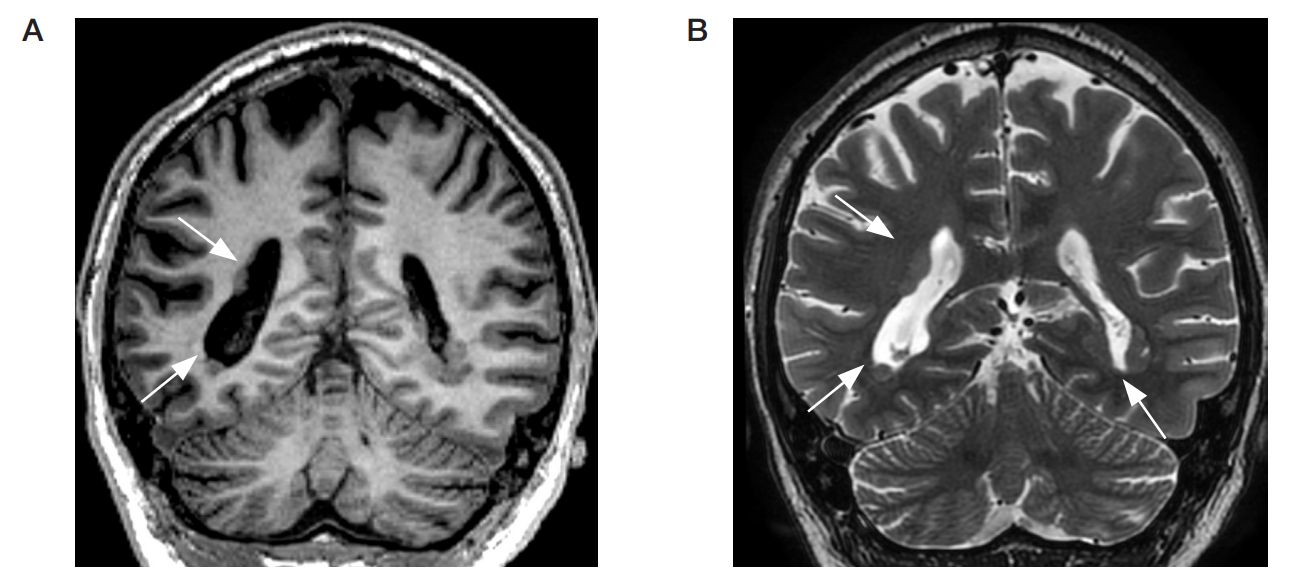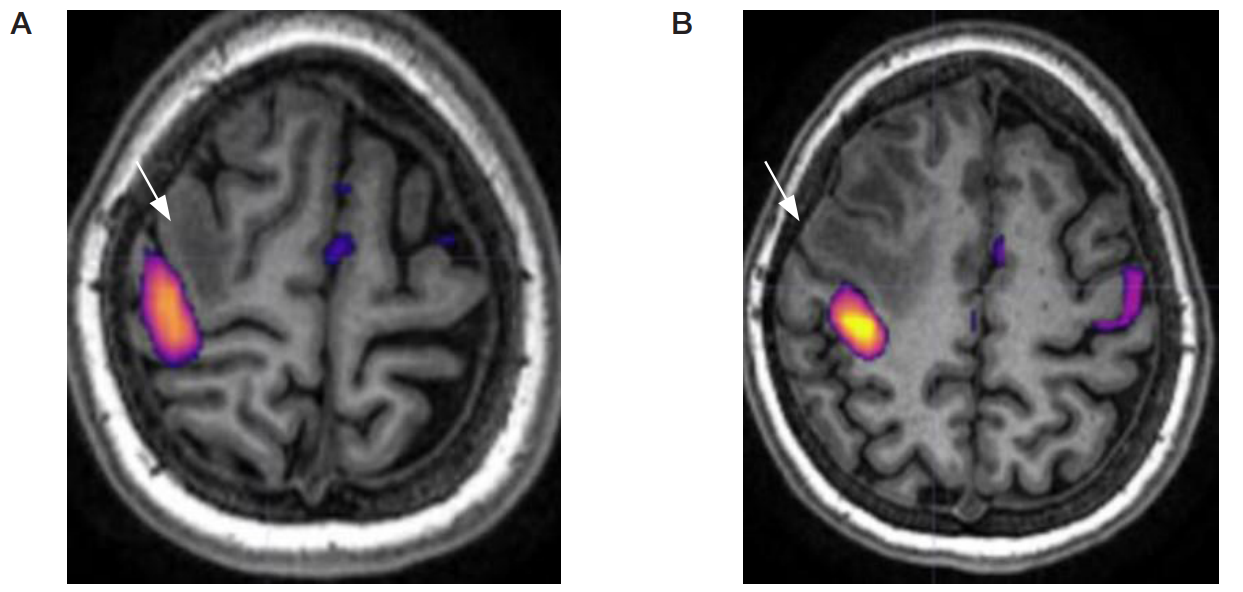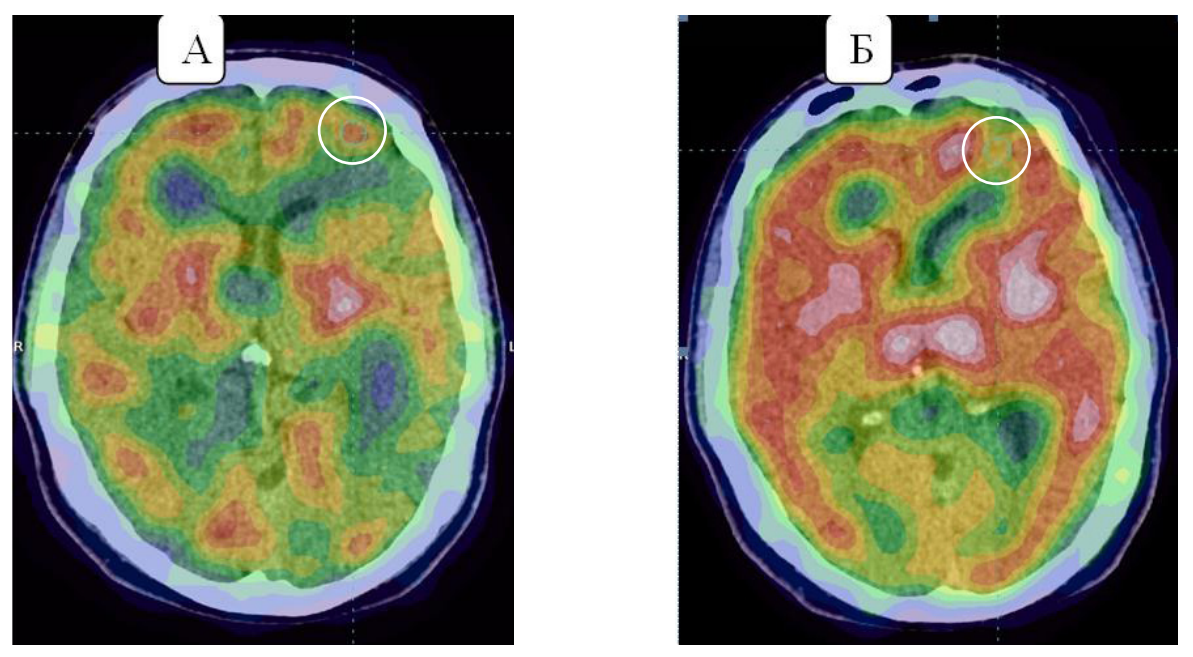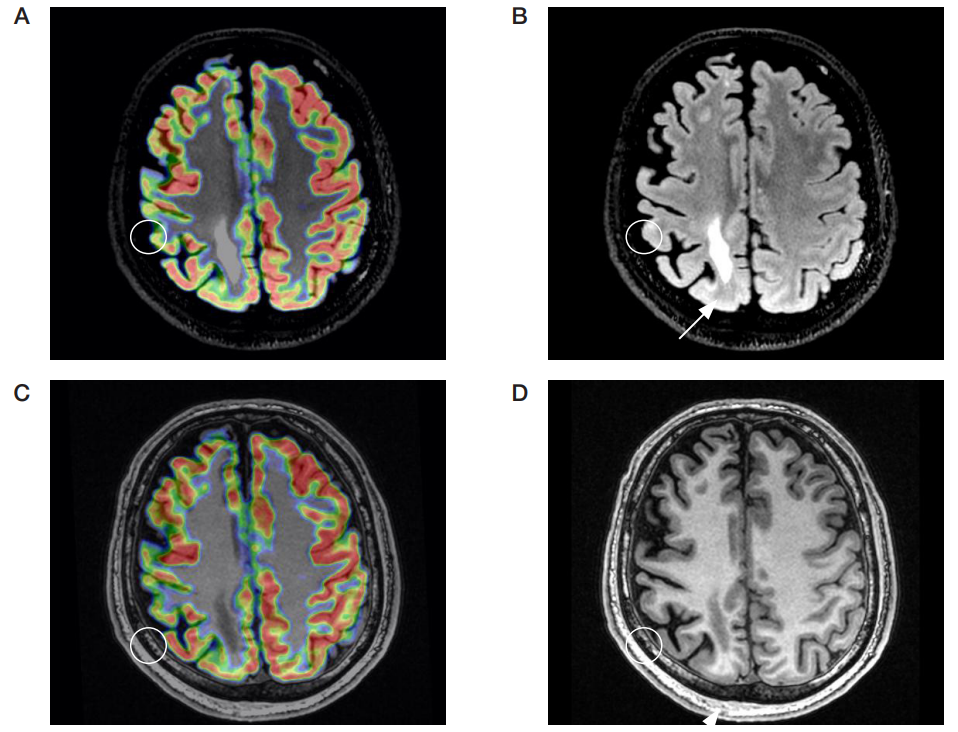
This article is an open access article distributed under the terms and conditions of the Creative Commons Attribution license (CC BY).
REVIEW
Role of radiology techniques and hybrid PET-MRI technique in the diagnosis of pharmacoresistant epilepsy
Federal Center of Brain Research and Neurotechnologies of the Federal Medical Biological Agency, Moscow, Russia
Correspondence should be addressed: Tatiana M. Rostovtseva
Ostovityanov, 1, bld. 10, 117513, Moscow, Russia; ur.liam@tavestvotsor
Funding: the study was performed as part of the research project “Developing Indications for the Use of Hybrid PET-MRI When Planning Surgery in Patients With Epilepsy”, code: 03.02.VY.
Author contribution: all authors contributed significantly to development of the concept, the study and manuscrit writing, they read and approved the final version of the article before publishing. The most significant contributions are distributed as follows: Dolgushin MB — study concept and plan; Rostovtseva TM, Duyunova AV, Nadelyaev RV Duyunova AV, Nadelyaev RV — data acquisition and analysis; Rostovtseva TM, Duyunova AV, Beregov MM — manuscrit writing.



